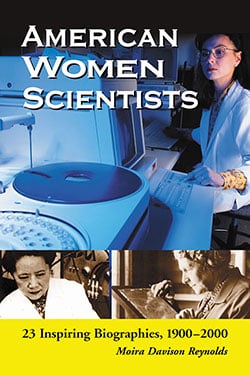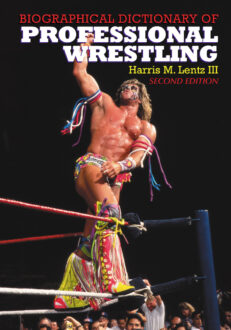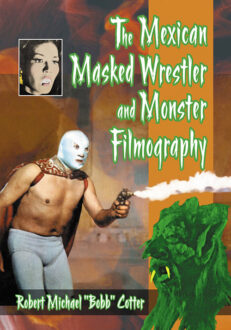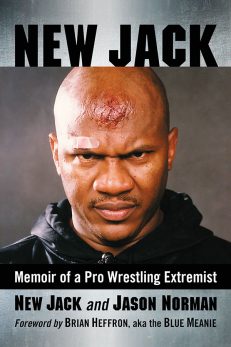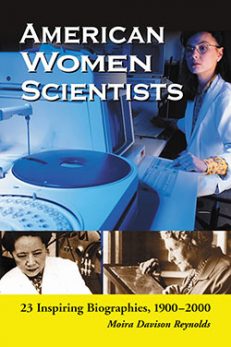Subtotal: $39.95
American Women Scientists
23 Inspiring Biographies, 1900–2000
$29.95
In stock
About the Book
For most of the 20th century, American women had little encouragement to become scientists. In 1906, there were only 75 female scientists employed by academic institutions in the entire country. Despite considerable barriers, determined women have, however, decidedly distinguished themselves.
Three examples: Astronomer Annie Jump Cannon discovered five novas and over 300 other stars. Mathematician and computer scientist Grace Hopper helped invent the COBOL language. Anesthesiologist Virginia Apgar devised the now universally used Apgar score to make a rapid evaluation of a newborn’s condition just after delivery.
Of the 23 American women scientists covered, six were awarded Nobel prizes. Each biography is accompanied by a photograph. A bibliography and an index complete the work.
About the Author(s)
Bibliographic Details
Moira Davison Reynolds
Format: softcover (6 x 9)
Pages: 159
Bibliographic Info: photos, bibliography, index
Copyright Date: 2004 [1999]
pISBN: 978-0-7864-2161-9
Imprint: McFarland
Table of Contents
Illustrations ix
Preface and Acknowledgments 1
Introduction 3
Cornelia Clapp 5
Nettie Stevens 9
Florence Bascom 13
Annie Jump Cannon 18
Alice Hamilton 22
Florence Sabin 31
Josephine Baker 36
Mary Swartz Rose 42
Karen Horney 46
Libbie Hyman 54
Gerty Cori 58
Helen Taussig 63
Barbara McClintock 69
Virginia Apgar 77
Maria Goeppert Mayer 81
Grace Hopper 88
Rita Levi-Montalcini 95
Rachel Carson 104
Chien-Shiung Wu 112
Ruth Sager 119
Gertrude Elion 123
Rosalyn Yalow 129
Mary Good 135
Epilogue 139
Bibliography 143
Index 147
Book Reviews & Awards
“excellent…useful”—Feminist Collections; “the style is simple and easily understood, the science that is presented is clear and readily accessible”—Choice; “profiles of 23 of the century’s premier women scientists, representing a wide variety of disciplines…broad scope…useful”—School Library Journal; “a good overview”—Watchung Communications; “academic but accessible”—Scitech Book News; “well worth reading…anyone who buys it now in paperback will feel well rewarded…interesting…well illustrated”—Marquette Mining Journal; “public and school libraries would find it a useful addition to stock. The book is also a useful contribution to the history of science”—Reference Reviews.

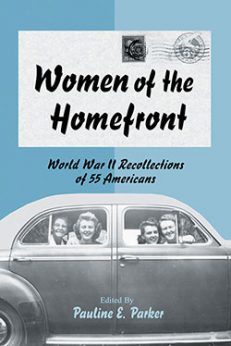 Women of the Homefront
Women of the Homefront 
